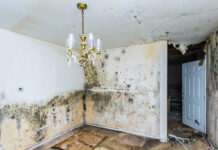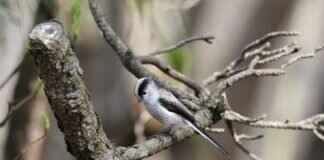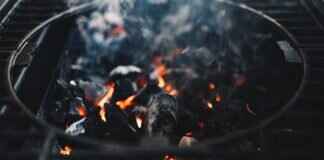In the bustling city of New York, where millions of parents send their children off to school every day, a troubling reality has come to light. The safety of these young minds, entrusted to the care of the education system, is at stake, as revealed by a recent audit conducted by the NYC Comptroller’s office. The audit unearthed a shocking revelation: a vast majority of city schools have not undergone proper inspections for asbestos, a known carcinogen that poses serious health risks. This failure to comply with federal standards has left parents, students, and educators rightfully concerned about the safety within school walls.
City Falling Short
City Comptroller Brad Lander did not mince words when he addressed the alarming findings of the audit. “Unfortunately, our audit found the city is wildly out of compliance,” he remarked, highlighting the gravity of the situation. The city’s failure to meet a decades-old promise made to the federal government, following a significant asbestos exposure incident in 1993, has raised serious questions about the integrity of the school inspection process. The agreement reached at that time stipulated that approximately 1,400 school buildings would undergo specialized asbestos inspections every three years to ensure the safety of students and staff.
However, the stark reality of the situation was vividly illustrated by a map released by the Comptroller’s office, with each red dot representing a school that had not received a timely inspection. Among the 1,400 schools slated for inspection, a staggering 1,100 had not been properly assessed for asbestos, leaving a potentially hazardous gap in safety protocols. Lander’s poignant statement encapsulated the collective concern felt by parents across the city: “You just want to know that your babies are safe in those school buildings.”
Response and Reassurances
In response to the audit findings, city officials were quick to reassure the public that there was no imminent health risk to students and staff. They emphasized that regular inspections, conducted by custodial staff, had been carried out to maintain a safe environment within the schools. The Department of Education issued a statement underscoring their commitment to ongoing testing and inspections to uphold safety standards and keep schools asbestos-free.
The teachers union also stepped forward to provide additional layers of protection, pledging to dispatch remedial teams within 24 hours in response to any complaints regarding potential asbestos hazards. Michael Mulgrew, president of the United Federation of Teachers, highlighted the swift action taken by the union to address concerns and ensure the well-being of students and educators. However, the lack of proper inspections, as revealed in the audit, raised broader implications beyond immediate safety concerns.
Advocates, including Shiv Soin from the nonprofit group Triage, highlighted the multifaceted nature of the issue, encompassing student welfare, public health, workplace safety, and environmental impacts. The absence of regular, specialized asbestos inspections in schools has far-reaching consequences that extend beyond the immediate health risks, painting a concerning picture of systemic oversight. Despite the city’s recent efforts to ramp up inspection activities in response to the audit, questions linger regarding the delay in meeting federal inspection schedules.
As the city grapples with the fallout of the audit, the spotlight remains firmly fixed on the crucial issue of school safety. The need for stringent oversight, timely inspections, and proactive measures to protect students and staff from potential health hazards cannot be overstated. In a bustling metropolis like New York City, where education forms the bedrock of the community, ensuring the safety and well-being of those within school walls is paramount. The road to rebuilding trust and upholding safety standards in schools begins with transparent communication, robust inspection protocols, and a steadfast commitment to safeguarding the future of the city’s children.














